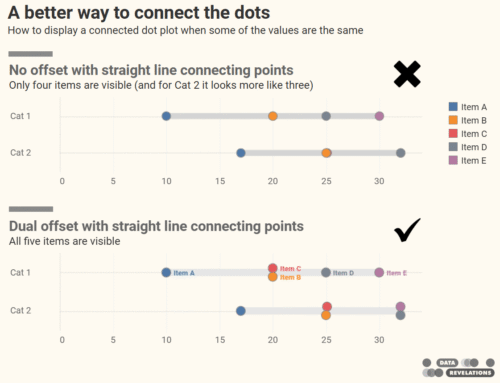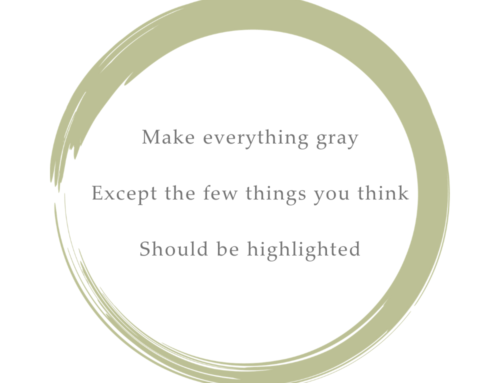In chatting with Seth Godin and Jasper Croome during one of last year’s Chart Chat episodes I realized that three of my all-time favorite presentations and videos that feature data visualization were all created in 2006.
And they all hold up.
Hans Rosling’s 2006 TED talk
Rosling was a Swedish professor of Global Health who, using data, stunning visualizations, and incredible charm, changed the way people understand the world.
I first became aware of his work in 2011 ago when a friend showed me Rosling’s TED Talk from 2006.
I’ve seen this video hundreds of times. It’s a master class in how to give a truly great presentation using data storytelling. I defy you not to be completely won over when he compares the knowledge chimpanzees have of the world with the knowledge the committee that awards the Nobel Prize in medicine has of the world.
Rosling was a true pioneer in using data — and in particular, visualizing data — to help correct peoples’ misperceptions about the world. He didn’t set out to be a visualization visionary; he just realized that he needed to create new techniques so people would be able to better see and understand the world.
Seth Godin’s 2006 Gel talk
While Seth Godin is very well known, I don’t think this presentation is. I hope to remedy this because his talk on why so many things are broken is an absolute gem.
So, what does this have to do with data visualization?
Godin dares to question Edward Tufte’s assertion about Charles Minard’s oh-so-famous creation, you know, the “perhaps the greatest statistical graph ever made.” Godin calls it “one of the worst graphs ever made.”
But… Godin then absolutely nails it when he explains why both he and Tufte are right.
(and this gets to what is essential in building a great dashboard, a great presentation, or really any great product or service.)
The whole video is stellar, but the part about “that chart” starts around 17 minutes in.
Note: A big “thank you” to Jeff Shaffer on this one. He quoted this presentation about Minard’s chart during the first workshop we did together, which lead to me discussing the importance of knowing your audience in The Big Picture, which lead to me contacting Godin about his take, which lead to him reading the book, which lead to him providing a wonderful blurb for the book, which lead to me being a volunteer for The Carbon Almanac. All in the house that Jack built.
The Onion’s Concentric Circles video
What would it look like if every visualization shown during a TV news segment were taken literally?
That’s the premise behind this brilliant clip from The Onion.
I first saw this at the 2008 Tableau Conference when Stephen Few (someone not known for his levity) shared this during his keynote presentation.
I and the other 186 attendees cracked up.
And I think you will, too.
Like the other two videos, this one holds up.
Coincidence?
2006 was when I first started using Tableau.
Coincidence?
Yes, absolutely.
About The Onion clip. I know the YouTube posting indicates 2008, but when I first started digging into this a few years ago the year cited was 2006. Please don’t bust my chops.






